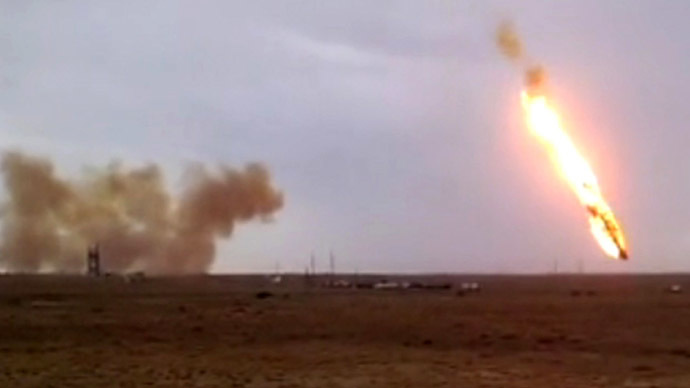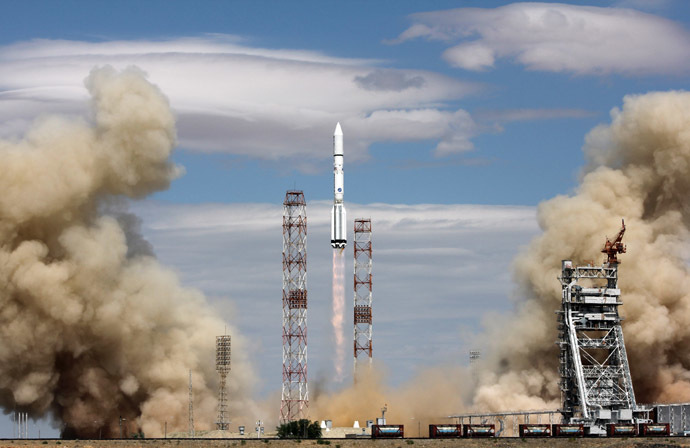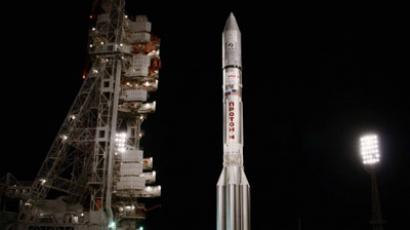Upside down sensor behind proton rocket explosion

An investigation into the failure of a Proton-M booster rocket carrying three GLONASS navigation satellites that exploded moments after launch suggests a wrongly placed sensor was to blame.
The deputy head of Russia’s space agency Roskosmos Aleksandr
Lopatin says, “The failure occurred due to loss of stabilization
and fishtailing due to abnormal functioning of an angular
velocity sensor.” He added that it had probably been installed
upside down.
On July 2 the Proton-M rocket
blasted off from launch pad 81 at the Baikonur Cosmodrome in
Kazakhstan and blew up almost immediately.
The rocket had stabilization problems and fail-safe mechanisms
kicked in which sent the space vehicle loaded with hundreds of
tons of highly toxic fuel away from the launch pad. The rocket
turned upside down, burst in flames and broke into burning
pieces, which fell on the ground with an explosion. No one was
injured, and there was no damage reported to the launch site.
The Proton-M boosters are made by Russia’s Khrunichev space center.
The loss of the booster and three GLONASS satellites is estimated
of 4.4 billion roubles (about $137 million).

Roskosmos says it will revise rocket booster production with compulsory photo and video recording of every operation performed.
“We actually do photo and video record every [rocket booster]
production stage. But unfortunately installation of the angular
velocity sensor was not recorded,” Aleksandr Lopatin told
journalists. He revealed that the faulty sensor was installed on
November 16, 2011.
The Deputy head of Roskosmos revealed that three of the six angular velocity sensor sensors on the Proton-M that crashed were installed upside down.
Installers mount rocket components and each stage is verified three times, by the assembler, a foreman in charge and the quality control department controller, Lopatin said, and every person signs an acceptance certificate.
“The guy who mounted the angular velocity sensor is in his 30s, and he has worked for the center for 15 years, his foreman and the quality inspector, a woman, are all very experienced persons but incorrect installation of the sensors is an established fact,” Lopatin said, adding that the sensors themselves were checked before installation and were functioning properly.

All Proton boosters already produced are going to be double-checked and all personnel involved in rocket assembling are being retrained.
“Comprehensive inspection is underway,” reported Lopatin, adding that so far there are four boosters ready. Two of them remain at the Khrunichev space center while another two have already been delivered to Baikonur Cosmodrome. Inspection has found no problems with sensors installed on the Protons delivered to Baikonur.
Proton-M launches will probably restart in September, after the accident board presents its final report, Lopatin said.
Altogether there have been 388 Proton rocket booster launches
since 1965, and only 23 of them were unsuccessful. The accident
on July 2 was the second fault with the booster itself, The first
one occurred in August 2007 when the first and the second stages
of the rocket failed to undock.
















